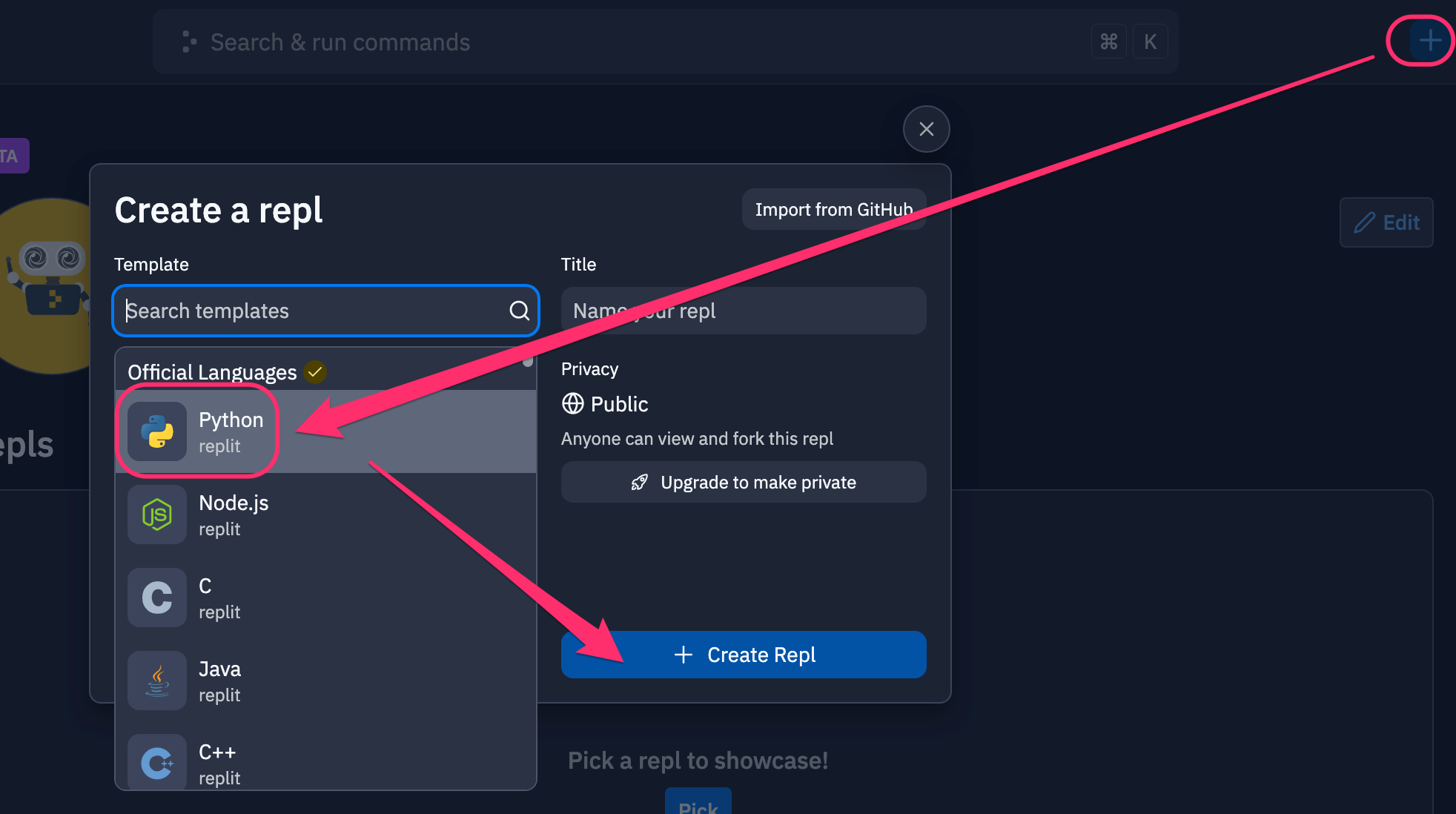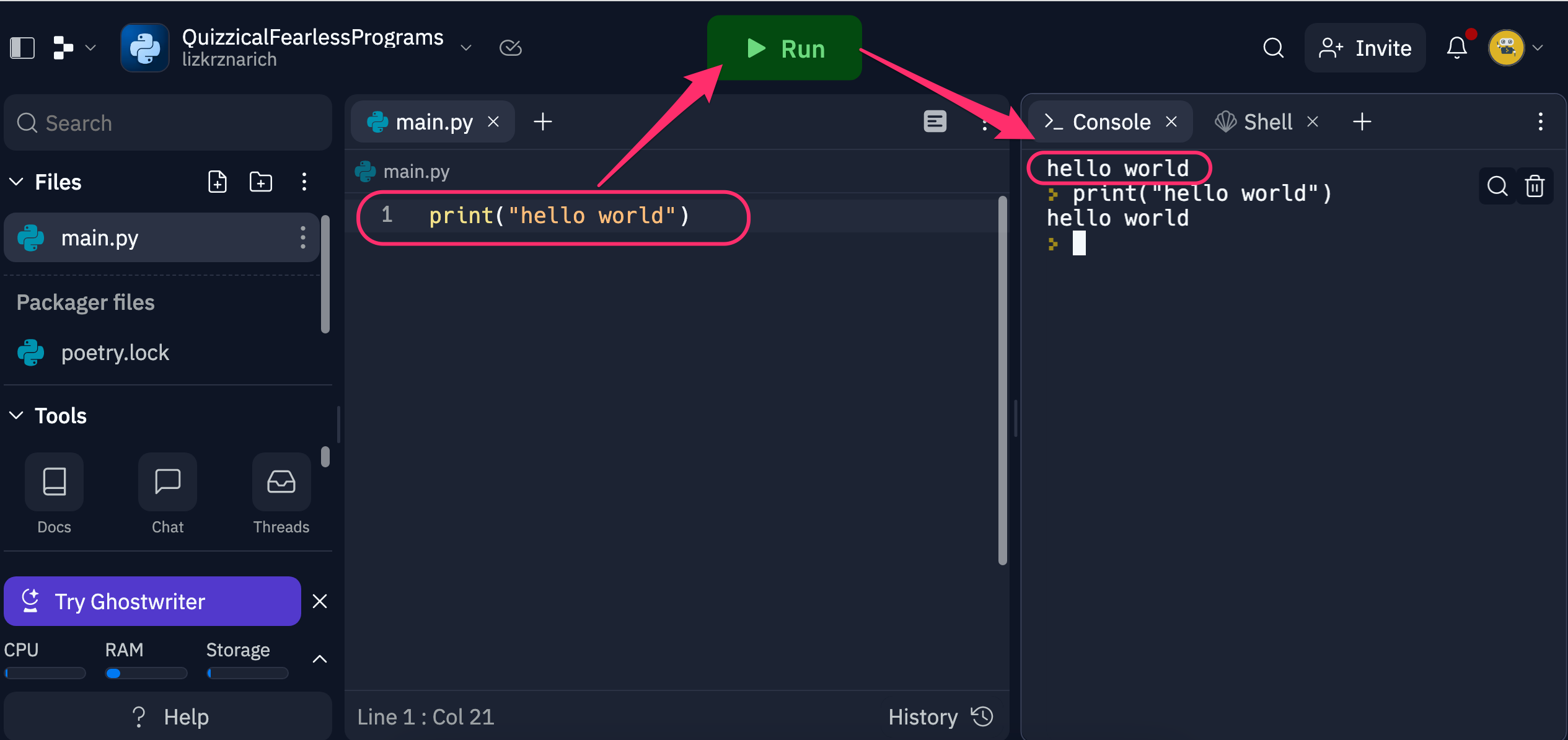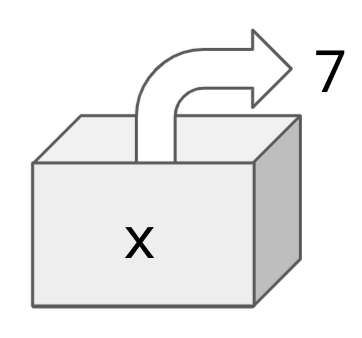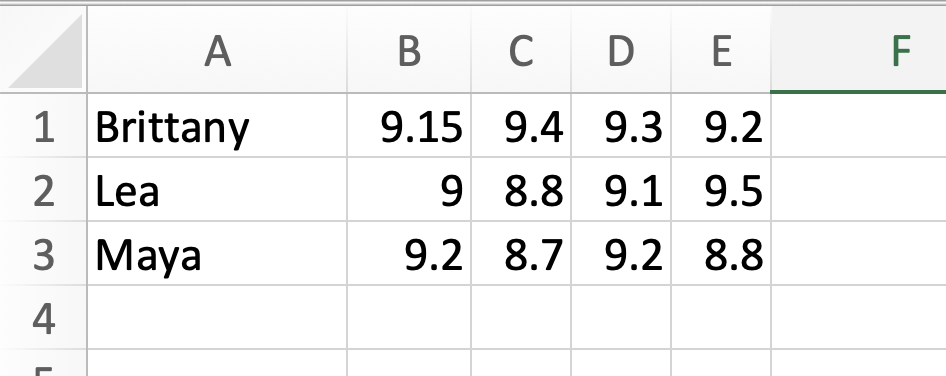Welcome to Python 2!
- Press O or Escape for overview mode.
- Visit this link for a nice printable version
- Press the copy icon on the upper right of code blocks to copy the code
Welcome!
Girl Develop It is here to provide affordable and accessible programs to learn software through mentorship and hands-on instruction.
Classroom "rules":
- I am here for you!
- Every question is important
- Help each other
- Have fun
Class series outline
This may change if we end up needing more or less time for certain topics.
- Class 7: Review & reading from/writing to files
- Class 8: More file operations, argument parsing & list comprehension
- Class 9: Error handling
- Class 10: HTTP requests
- Class 11: Intro to Python frameworks & object-oriented Python
- Class 12: Your own app with Django! (get data from an external API and create a visualization)
(note: Python 1 series included classes 1-6)
Class logistics
- 6 sessions: Weekly on Wed, Jan 18-Feb 22, 4-6pm EDT/3-5pm CDT/1-3pm PDT
- Slides + exercise links: https://lizkrznarich.github.io/gdi-python-2 (Note! I'll tweak class materials as we go, so you may see some changes from what's there now)
- Recording links will be emailed after each class via WinC email list
- Questions? Contact me at ejkrznarich@gmail.com
- For hackathon questions, contact WinC globalcbowincteammailbox@deloitte.com
Introductions
Tell us about yourself:
- Name
- Preferred pronouns
- Location
- Programming experience & did you participate in the Python 1 class series?
- What do you hope to learn in this class series?
Today's topics:
- Repl.it coding environment
- Quick review of Python 1 topics
- Reading from/writing to files
- Review final Python 1 exercise
Repl.it setup
Coding Python in Repl.it
Installing/running Python on lots of different systems/versions is tricky.
In this class, we'll use Replit, an online editor.
https://replit.com
Repl.it setup
- Create a Replit account
- Once you're logged in, create a new Python Repl

Using Replit
Type code in the left panel (main.py file) & click "Run". Output is shown in the right panel (console).
You can also type code directly in the console panel (press Enter key to run).

Review from Python 1
Data types & structures
Simple data types
| Data type | Example values |
|---|---|
| Integers | 2 44 -3
|
| Floats | 3.14 4.5 -2.0
|
| Booleans | True False
|
| Strings | '¡hola!' 'its python time!'
|

Variables
A name can be bound to a value.
A name that's bound to a data value is also known as a variable.
One way to bind a name is with an assignment statement:
| x | = | 7 |
| Name | Value |
The value can be any expression:
| x | = | 1 + 2 * 3 - 4 // 5 |
| Name | Expression |
Naming conventions for variables & functions
- Use a lowercase single letter (variables only), word, or words
- Separate words with underscores
- Make names meaningful, ex
first_namerather thanfn
Examples
m(variables only)hobbymy_fav_hobby
Data structures
A data structure is a particular way of organizing data in a computer so that it can be used effectively.
Data structures in programming are a bit like lists and tables in text docs/presentations - we use them to organize information and make it more meaningful/useful.


Lists
A list is a container that holds a sequence of related pieces of information.
Lists can hold any Python values, separated by commas:
# all strings
members = ["Liz", "Tinu", "Brenda", "Kaya"]
# all integers
ages_of_kids = [1, 2, 7]
# all floats
prices = [79.99, 49.99, 89.99]
# mixed types
mixed_types = ["Liz", 7, 79.99]
Tuples
A tuple is like a list, but immutable: its values cannot be changed after the initialization.
Tuples are enclosed in parentheses (9.99, 7.99, 3.99)
position = (100, 50)
prices = (9.99, 7.99, 3.99)
Dictionaries
A dict is a mutable mapping of key-value pairs
states = {
"CA": "California",
"DE": "Delaware",
"NY": "New York",
"TX": "Texas",
"WY": "Wyoming"
}
Dictionaries allow you to access values using a human-readable name ("key") rather than an index number. Dictionaries map very well to JSON!
Functions & methods
Built-in functions
Python has lots of built-in functions. Built-in functions are not specific to a particular data type - they often work on multiple data types (but check the docs!)
Some examples are:
pow(2, 100)
max(50, 300)
min(-1, -300)
Importing functions & modules
Some functions from the Python standard library are available by default. Others are included with a basic Python installation, but need to be imported into your current file before they can be used.
Import a single function from the Operator module :
from operator import add
18 + 69
add(18, 69)
Built-in methods
Each data type has a set of built-in methods that only work on that data type. Check the Python data types docs to see which methods are available for a given data type.
Examples of string methods are:
| Function | Description |
|---|---|
| .upper() | Returns a copy of the string with all characters converted to uppercase |
| .lower() | Returns a copy of the string with all characters converted to lowercase |
| .title() | Returns a titlecased version of the string where words start with an uppercase character and the remaining characters are lowercase |
| .swapcase() | Returns a copy of the string with uppercase characters converted to lowercase and vice versa |
| .strip() | Returns a copy of the string with the leading and trailing whitespace characters removed |
Defining functions
We define functions in Python with a def statement.
def <name>(<parameters>):
return <return expression>
Example:
def add(num1, num2): # ← Function signature
sum = num1 + num2 # ← Function body
return sum # ← Function body
Once defined, we can call it:
add(2, 2)
add(18, 69)
Conditionals
Conditional statements
A conditional statement gives you a way to execute a different set of code statements based on whether certain conditions are true or false.
if <condition>:
<statement>
<statement>
...
A simple conditional:
clothing = "shirt"
if temperature < 32:
clothing = "jacket"
Comparison operators
| Operator | Meaning | True expressions |
| == | Equality | 32 == 32
|
| != | Inequality | 30 != 32
|
| > | Greater than | 60 >= 32
|
| >= | Greater than or equal | 60 >= 32 , 32 >= 32
|
| < | Less than | 20 < 32
|
| <= | Less than or equal | 20 < 32, 32 <= 32
|
⚠️ Common mistake: Do not confuse = (the assignment operator) with == (the equality operator).
Logical operators
| Operator | True expressions | Meaning |
|---|---|---|
and | 4 > 0 and -2 < 0 | Evaluates to True if both cconditions are true; otherwise evaluates to False.
|
or | 4 > 0 or -2 > 0 | Evaluates to True if either condition is true; evaluates to False only if both are false.
|
not | not (5 == 0) | Evaluates to True if condition is false; evaluates to False if condition is true.
|
W3Schools has a handy Python operators reference
if/elif/else statements summary
def get_number_sign(num):
if num < 0:
sign = "negative"
elif num > 0:
sign = "positive"
else:
sign = "neutral"
return sign
Syntax tips:
- Always start with
ifclause. - Zero or more
elifclauses. - Zero or one
elseclause, always at the end.
Loops
While loops
The while loop syntax:
while <condition>:
<statement>
<statement>
As long as the condition is true, the statements below it are executed.
multiplier = 1
while multiplier <= 5:
print(9 * multiplier)
multiplier += 1
For loop
The other type of loop supported in Python is a for loop
The for loop syntax:
for <value> in <sequence>:
<statement>
<statement>
For loops provide a clean way of repeating code for each item in a data structure (like a list).
Looping through a list
😍 For loops love lists!
scores = [80, 95, 78, 92]
total = 0
for score in scores:
total += score
This does the same thing as a while loop with a counter, but with less code.
scores = [80, 95, 78, 92]
total = 0
i = 0
while i < len(scores):
score = scores[i]
total += score
i += 1
Loops in functions
A loop in a function will commonly use a parameter to determine some aspect of its repetition.
def sum_up_squares(start, end):
counter = start
total = 0
while counter <= end:
total += pow(counter, 2)
counter += 1
return total
sum_up_squares(1, 5)
Loops in functions
def calculate_average(scores):
total = 0
for score in scores:
total += score
return total / len(scores)
scores = [80, 95, 78, 92]
average_score = calculate_average(scores)
Python 1 materials
Find all the slides & exercises from Python 1 at https://lizkrznarich.github.io/gdi-python-1
Working with files
CSV files
Comma Separated Value (CSV) is a plain text format used to store "tabular" data (aka rows and columns), like from a spreadsheet or database table.
Because CSV is simple and non-proprietary, it's commonly used to exchange data between different applications.
Brittany, 9.15, 9.4, 9.3, 9.2
Lea, 9, 8.8, 9.1, 9.5
Maya, 9.2, 8.7, 9.2, 8.8

Opening files
We use the Python built in open() method to open files for reading or writing.
The keyword with tells Python to automatically close the file when we're finished.
with open('filename') as my_file:
# do something
Reading files with CSV module
Python has a built-in CSV module that includes many features used for reading/writing CSV files.
Open a CSV and read its contents (docs at python.org)
# import the csv module
import csv
# open the file
with open('fun_spreadsheet.csv') as my_file:
# load the contents of the CSV file into a variable
csv_reader = csv.reader(my_file)
# CSV is a nested list!
# now we can loop through the rows in the file
for row in csv_reader:
print(row)
Reading files with CSV module
A CSV is a list of rows, which are lists of values.
We can use nested for loops to get values from rows and cells.
import csv
with open('fun_spreadsheet.csv') as my_file:
csv_reader = csv.reader(my_file, delimiter=',')
for row in csv_reader:
print(row)
for cell in row:
print(cell)
Exercise review: Reading from a CSV file
A simple grade calculator
Forking Replit files
- Click the link to the Replit, ex https://replit.com/@lizkrznarich/Class6Ex2CsvDataHeaders
- Click Fork Repl

- Click Edit in workspace

Writing CSV files
Writing files with CSV module
The CSV module also has support for writing files (docs)
import csv
my_list = [
["Mon", "Oatmeal", "Salad", "Pasta"],
["Tues", "Waffles", "Soup", "Tacos"],
["Wed", "Cereal", "Sandwich", "Pizza"]
]
# open a new or existing file for writing
with open('fun_spreadsheet.csv', 'w') as my_file:
# prepare the CSV for writing
writer = csv.writer(my_file)
# write data from a list to the CSV file
writer.writerows(my_list)
CSV files with headers
Reading CSV files with headers
Use csv.DictReader to read a CSV file with headers
# import the csv module
import csv
# open the file
with open('fun_spreadsheet.csv') as my_file:
# load the contents of the CSV file into a variable
csv_reader = csv.DictReader(my_file)
# CSV read as dict with column headers as keys!
# now we can loop through the rows in the file
# and get the values from specific columns
for row in csv_reader:
print(row)
Exercise review: CSV with headers
Let's re-visit our gradebook exercise...
Exercise: Multiple files
Get bits of data from multiple files and put it together into a nicely formatted report.
Feedback survey
Please fill out the GDI feedback survey to help us improve future classes. Thanks!